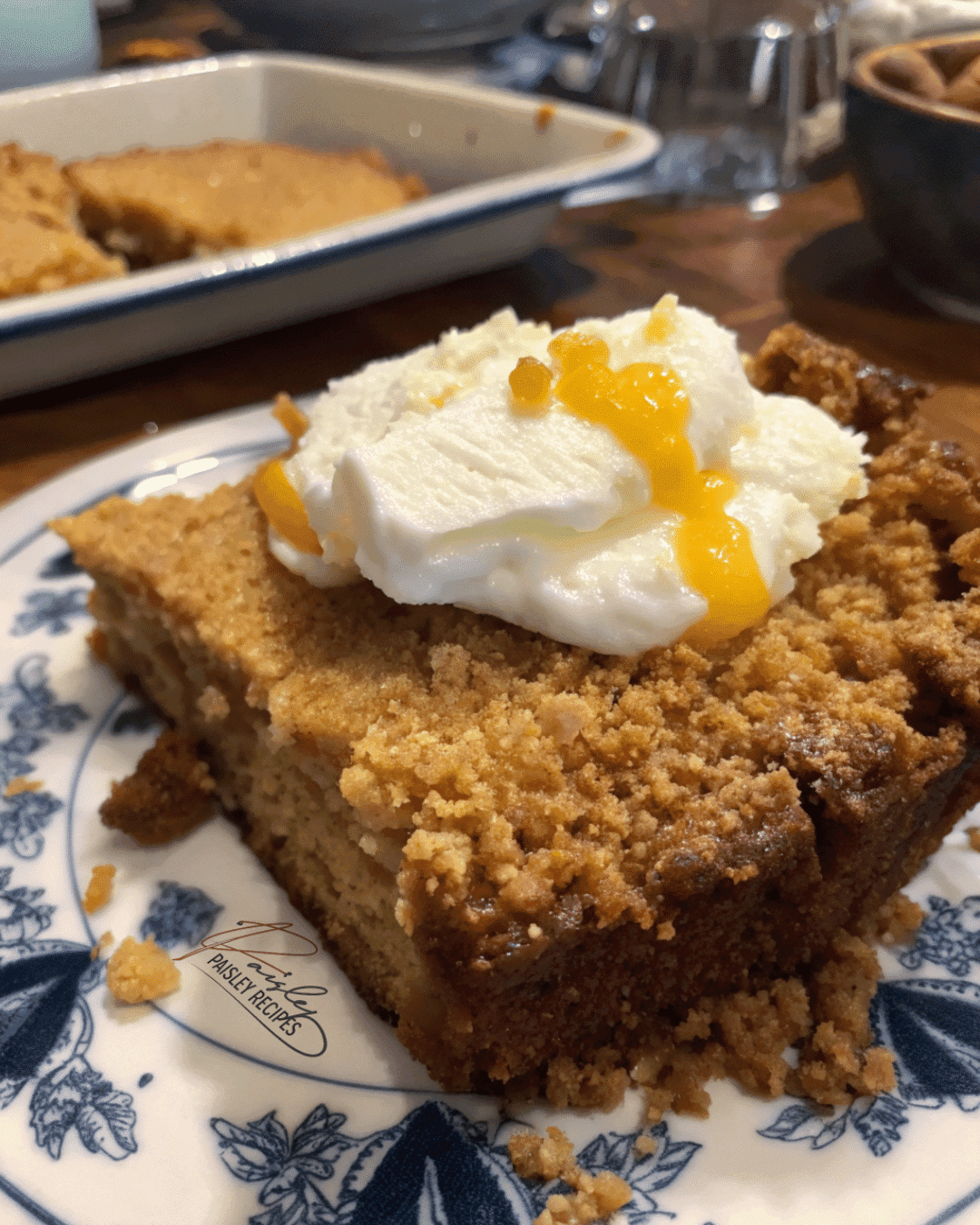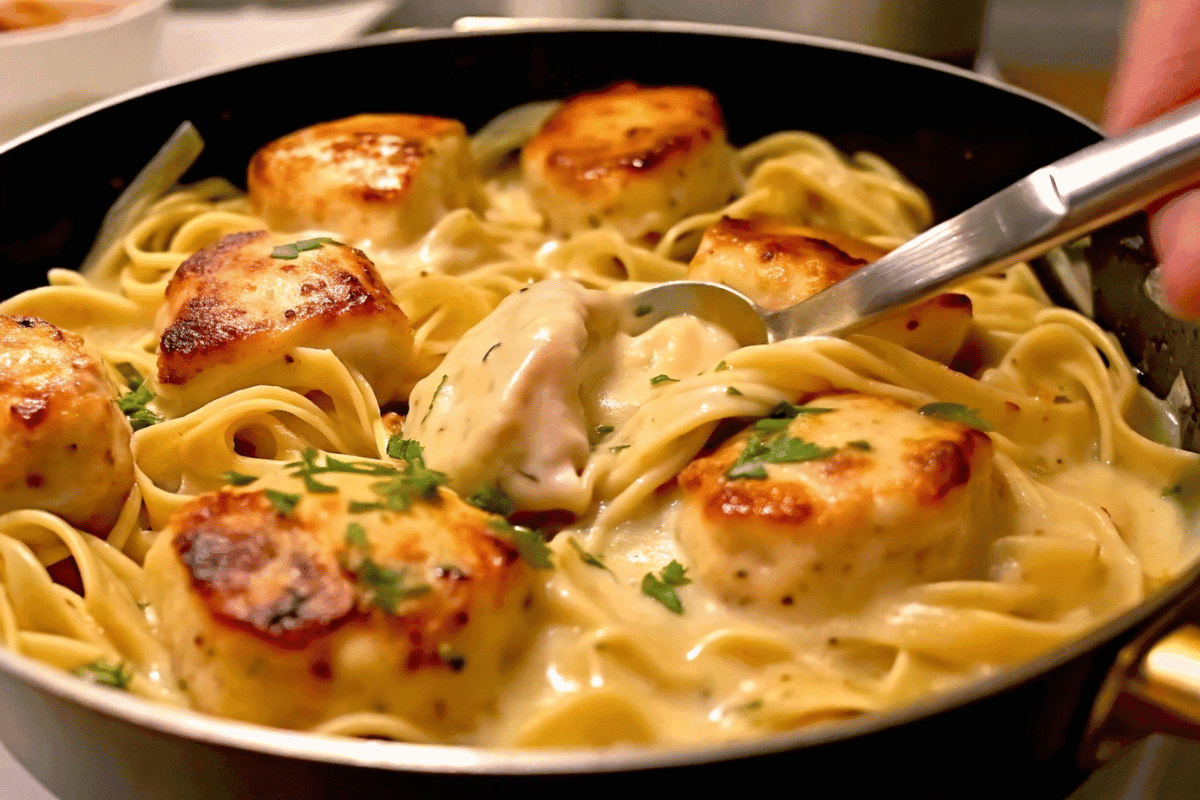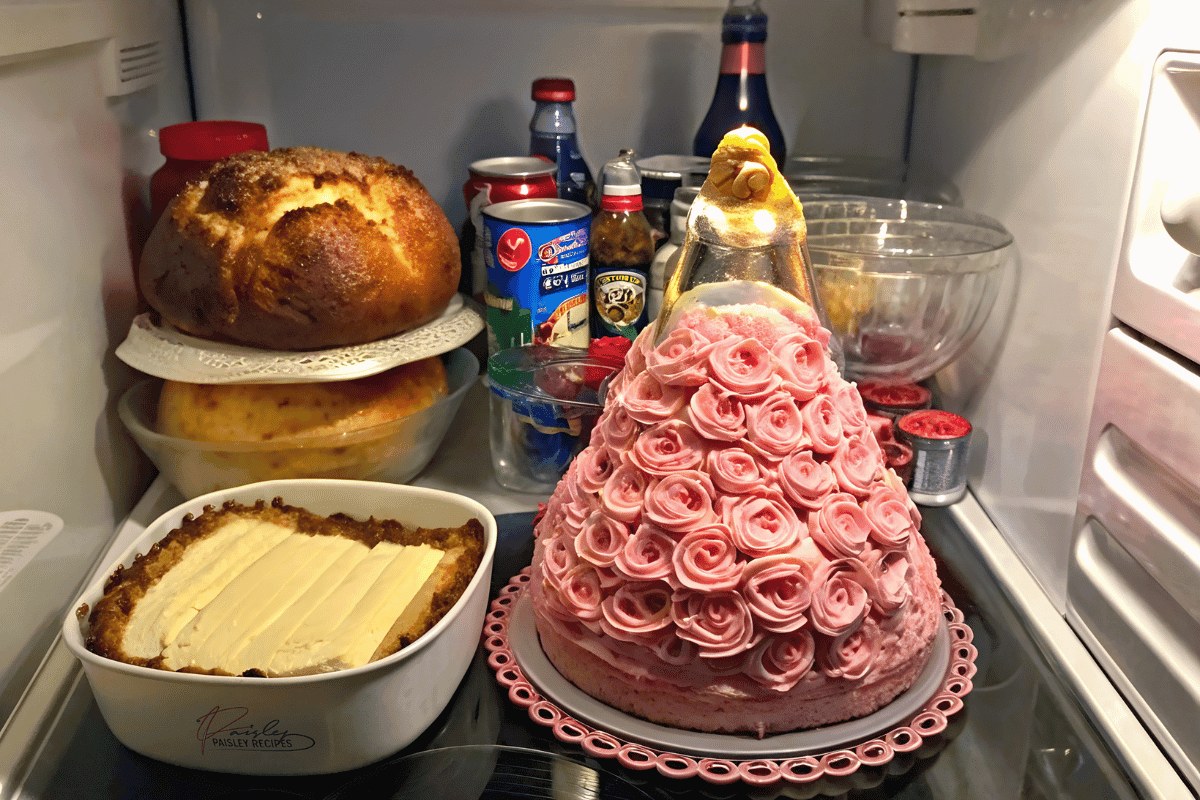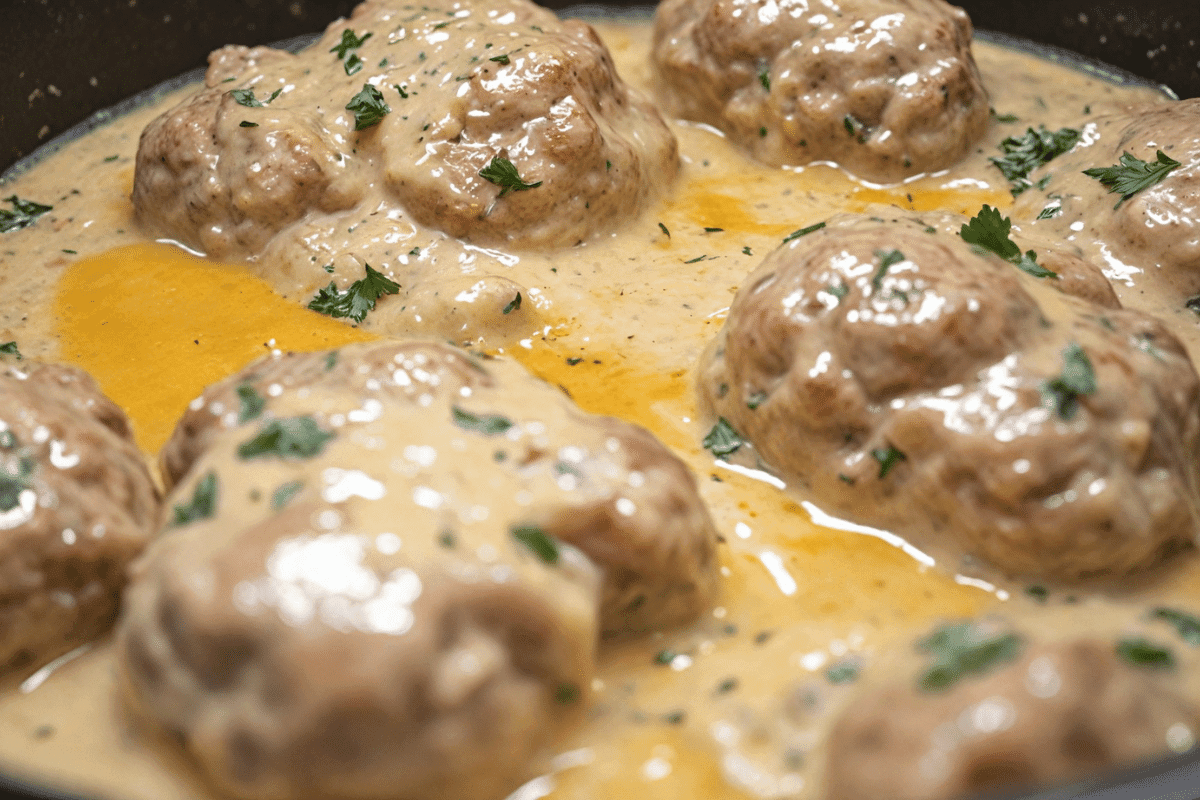Cottage cheese is a versatile and nutrient-rich dairy product that has earned its place in kitchens worldwide. What is the most popular way to eat cottage cheese? Whether you’re aiming for a quick snack, a hearty meal, or a protein-packed treat, cottage cheese fits the bill perfectly. Thanks to its mild flavor and creamy texture, this humble cheese can be transformed into a variety of delicious dishes, making it a favorite among health enthusiasts, home cooks, and busy professionals alike.
In this article, we’ll dive into the most popular ways to enjoy cottage cheese, offer creative mix-ins, explore how to eat it on its own, and even discuss the best times to savor this nutritious food. Whether you’re a lifelong fan or new to the world of cottage cheese, there’s something here for everyone.
Benefits and Advantages of Cottage Cheese
Cottage cheese offers a number of benefits, making it a go-to option for many people, especially those who prioritize healthy eating. Here are some reasons why cottage cheese stands out as an ideal choice:
High in Protein
One of the top benefits of cottage cheese is its impressive protein content. A single serving of cottage cheese (about half a cup) provides approximately 14 grams of protein. This makes it an excellent choice for individuals looking to build muscle, maintain a healthy weight, or simply increase their daily protein intake.
Low in Calories
Despite being rich in protein, cottage cheese is low in calories. A half-cup serving typically contains around 100-120 calories, depending on the brand and fat content. This makes it a great option for those watching their calorie intake but still seeking a filling and satisfying food.
Packed with Nutrients
Cottage cheese is loaded with essential nutrients like calcium, phosphorus, and B vitamins. Calcium, in particular, is vital for maintaining healthy bones and teeth. This nutrient-dense food also offers a range of micronutrients that are key to overall wellness.
Versatile and Easy to Prepare
Another major advantage of cottage cheese is its versatility. You can eat it straight from the container or pair it with a variety of ingredients, making it a fantastic addition to any meal. Its mild taste allows it to complement both sweet and savory dishes.
Ideal for Various Diets
Cottage cheese can easily be integrated into different dietary preferences. Whether you’re following a low-carb, high-protein, or vegetarian diet, cottage cheese is a flexible and fitting choice. For those seeking low-fat or reduced-fat options, cottage cheese is available in different fat percentages to suit your preferences.
Ingredients Overview
When asking, what is the most popular way to eat cottage cheese, the key is understanding the versatility of ingredients that can be paired with it. Here’s a breakdown of what you need to craft various popular cottage cheese-based meals.
Essential Ingredients for Cottage Cheese Dishes
To get the most out of your cottage cheese, you’ll want to have a variety of basic ingredients on hand to mix and match:
- Cottage Cheese (1 cup) – Plain, full-fat, low-fat, or non-fat options work depending on your dietary preference.
- Fresh Fruits – Commonly used fruits include berries (strawberries, blueberries, raspberries), pineapple chunks, mango slices, and peaches.
- Vegetables – Try diced cucumbers, cherry tomatoes, spinach, or bell peppers for a savory approach.
- Nuts and Seeds – Almonds, walnuts, sunflower seeds, and chia seeds provide added crunch and nutrients.
- Sweeteners – Honey, agave syrup, or stevia are often used to enhance the natural sweetness of the dish.
- Whole Grains – Oats, granola, or quinoa can be added to turn your cottage cheese into a complete meal.
Dietary Substitutions to Customize Your Cottage Cheese
One of the reasons cottage cheese is so popular is its adaptability to various dietary preferences. Here are a few substitutions you can make depending on your needs:
- Vegan Substitution: While cottage cheese itself is a dairy product, there are vegan alternatives available. Look for plant-based cottage cheese made from nuts, seeds, or soy products.
- Gluten-Free Options: Cottage cheese is naturally gluten-free, but if you’re adding ingredients like granola, make sure to choose gluten-free versions.
- Low-Sodium Substitution: Some brands of cottage cheese can be high in sodium, but there are low-sodium options available if you’re watching your salt intake.
- Keto-Friendly Adaptation: Cottage cheese fits well into a ketogenic diet. Opt for full-fat varieties and mix in low-carb ingredients like avocado or bacon.
How to Prepare the Perfect Cottage Cheese Dish: Step-by-Step Guide
First Step: Choose Your Base
Start by deciding on your base: full-fat, low-fat, or fat-free cottage cheese. For a creamier texture and richer flavor, go with full-fat cottage cheese. If you’re aiming for a lighter option, low-fat or fat-free versions work equally well.
Second Step: Sweet or Savory?
Next, decide whether you want a sweet or savory dish. For a sweet option, you can mix in fruits like strawberries or pineapple and top with honey or cinnamon. If you’re craving something savory, try adding chopped veggies, salt, pepper, and a drizzle of olive oil.
Third Step: Mix in Your Ingredients
Now, get creative! Here are a few ideas:
- Sweet Combo: Mix 1 cup of cottage cheese with a handful of blueberries, a drizzle of honey, and a sprinkle of chia seeds. This is an antioxidant-packed snack that is perfect for breakfast or as an afternoon pick-me-up.
- Savory Combo: Combine 1 cup of cottage cheese with diced cucumber, cherry tomatoes, chopped fresh herbs (like parsley or dill), and a pinch of salt and pepper. This makes for a delicious, low-carb lunch option.
- Protein-Packed Power Bowl: Add a scoop of cottage cheese to a bowl of quinoa or brown rice, mix in diced chicken or turkey, and top with a dollop of salsa for a protein-rich meal that will keep you full for hours.
Fourth Step: Serve and Enjoy
Once your dish is mixed and ready, serve it in a bowl or plate, and enjoy it as a meal or snack. Whether you’re enjoying it by itself or pairing it with crackers or whole-grain toast, cottage cheese is both versatile and filling.
If you enjoyed this recipe, you might also love these :
cottage cheese recipes
What do you do with cottage cheese?
What tastes good mixed with cottage cheese?
Mastering Cottage Cheese: Advanced Tips and Variations
Once you’ve mastered the basics of how to eat cottage cheese, you can elevate your dishes with these advanced tips and creative variations.
Experiment with Texture
Cottage cheese comes in small curd or large curd varieties, and both offer different textures. Try mixing small curd cottage cheese with mashed avocado for a creamy spread on toast. For a heartier texture, large curd cottage cheese pairs well with crunchy vegetables like bell peppers or cucumbers.
Bake It into Recipes
Cottage cheese can also be used as a base for baking. Try adding cottage cheese to pancakes, muffins, or lasagna. Its high protein content will add extra nutrition to your baked goods while providing a tender texture.
Cottage Cheese Smoothies
Blend cottage cheese with fruits like banana, spinach, or mango to create a creamy, high-protein smoothie. This is an excellent post-workout option for those looking to refuel with something nutritious.
How to Store Cottage Cheese: Best Practices
Proper storage is key to ensuring that your cottage cheese stays fresh and flavorful. Here are the best practices for storing cottage cheese:
- Refrigeration: Cottage cheese should always be stored in the refrigerator. Once opened, it’s best to consume it within 5-7 days. Keep it tightly sealed to prevent exposure to air and moisture, which can lead to spoilage.
- Freezing Cottage Cheese: While freezing cottage cheese is not commonly recommended due to the change in texture, it can be done if you plan to use it in recipes like smoothies or casseroles. Freeze cottage cheese in an airtight container, and when you’re ready to use it, let it thaw overnight in the fridge.
- Reheating Dishes with Cottage Cheese: If you’ve used cottage cheese in baked dishes like lasagna, they can be reheated in the oven or microwave without issue. Just make sure the dish is heated evenly to avoid cold spots.
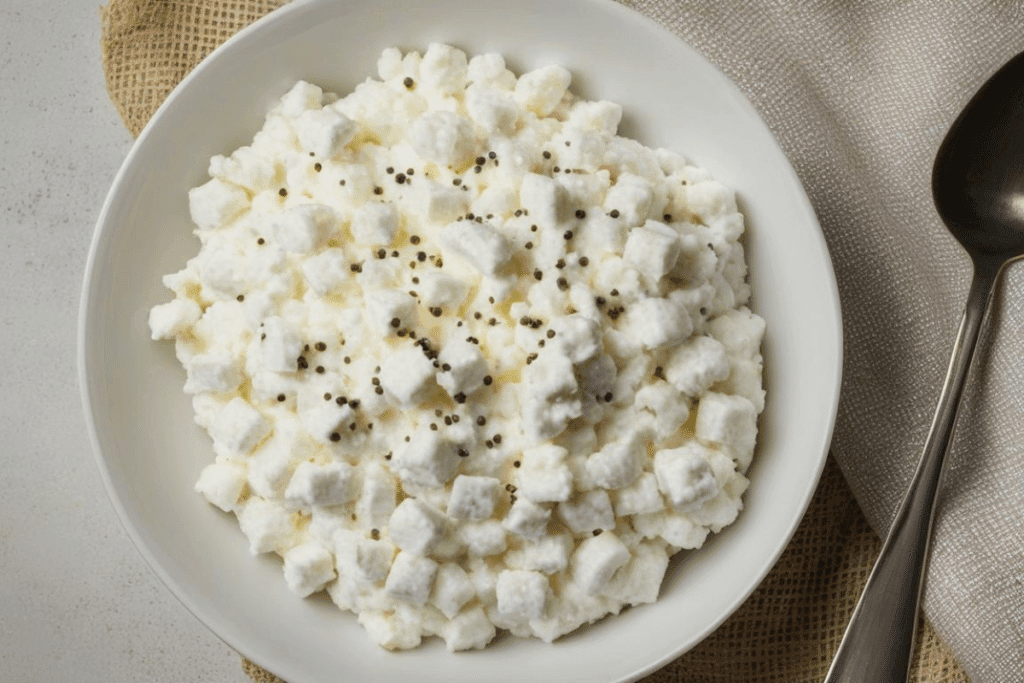
Nutritional Value of Cottage Cheese
Cottage cheese is a nutritional powerhouse, and understanding its full value can help you make informed dietary choices. Here’s the breakdown:
- Calories: Approximately 100-120 calories per half-cup serving, depending on fat content.
- Protein: A half-cup serving offers about 14 grams of protein, making it a great option for muscle building and recovery.
- Fat: Full-fat varieties have around 5 grams of fat per serving, while low-fat versions offer about 1-2 grams.
- Carbohydrates: Cottage cheese is low in carbs, containing about 3-4 grams per serving, which makes it suitable for low-carb diets like keto.
- Calcium: A serving of cottage cheese provides about 125 milligrams of calcium, helping to meet daily requirements for bone health.
FAQs: Frequently Asked Questions About Eating Cottage Cheese
How do most people eat cottage cheese?
Most people enjoy cottage cheese as a standalone snack or mixed with fruits and vegetables. Popular combinations include pairing it with pineapple, berries, or even a sprinkle of cinnamon and honey for a sweet treat. It’s also frequently eaten with tomatoes, cucumbers, or herbs for a savory twist. For more creative ideas on enjoying cottage cheese, check out our Ultimate Guide to Cottage Cheese Pairings.
What is good to mix with cottage cheese?
Cottage cheese is incredibly versatile and can be paired with both sweet and savory ingredients. Some popular choices include fresh fruit (such as berries or peaches), nuts, seeds, honey, and granola for a sweet combo. For a savory option, mix it with diced tomatoes, cucumbers, chives, or olives. To learn more, visit Best Mix-ins for Cottage Cheese.
How do you eat cottage cheese on its own?
Cottage cheese can be eaten on its own by simply scooping it into a bowl and enjoying its rich, creamy texture. Many people sprinkle it with salt and pepper or add a dash of hot sauce for an extra kick. For ideas on how to enhance your plain cottage cheese, check out our article on Simple Ways to Eat Cottage Cheese Plain.
Is it better to eat cottage cheese in the morning or at night?
Cottage cheese can be eaten at any time of the day, but it’s especially popular as a morning snack or before bed. In the morning, it provides a high-protein start to your day, while eating it at night may help promote muscle repair and recovery during sleep. For more insights on the timing of cottage cheese meals, visit our post on Best Times to Eat Cottage Cheese.
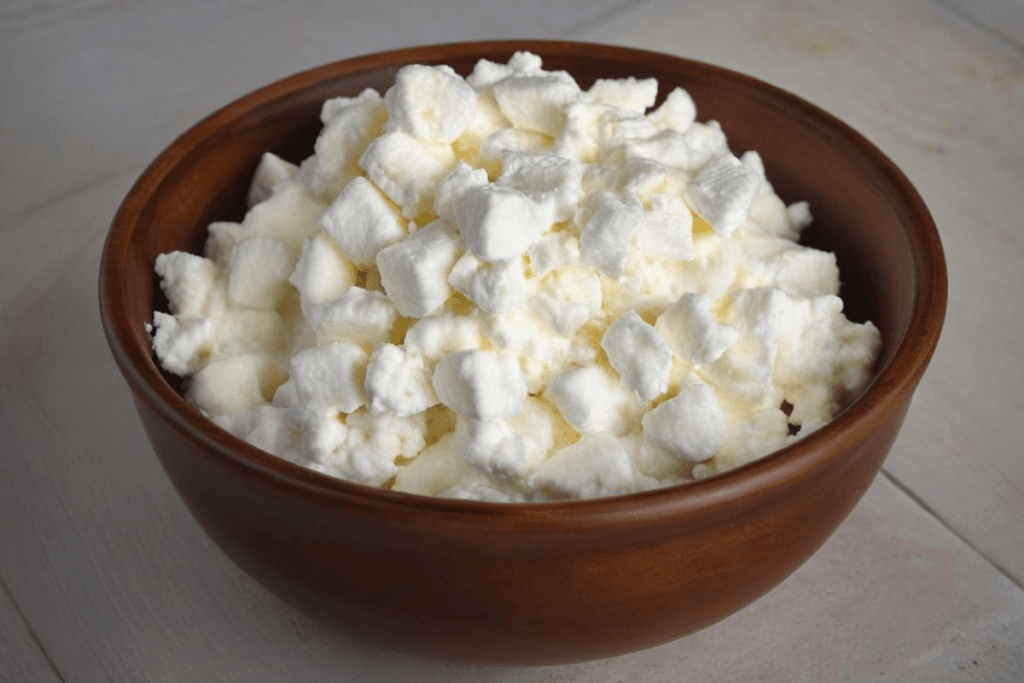
Conclusion
Cottage cheese is an incredibly versatile, nutrient-packed food that can be enjoyed in countless ways. Whether you’re mixing it with fruit for a sweet snack, adding veggies for a savory meal, or incorporating it into smoothies or baked goods, cottage cheese offers something for everyone. Now that you know what is the most popular way to eat cottage cheese, it’s time to get creative in the kitchen!
PrintWhat is the Most Popular Way to Eat Cottage Cheese?
Cottage cheese is a protein-rich, versatile dairy product enjoyed in many ways. Learn the most popular ways to eat cottage cheese with mix-ins, creative recipes, and tips for both sweet and savory options. Perfect for breakfast, lunch, or snacks, it suits a variety of dietary needs and preferences.
- Total Time: 5 minutes
- Yield: 1 serving
Ingredients
- 1 cup cottage cheese
- Fresh fruits (e.g., berries, pineapple, peaches)
- Vegetables (e.g., cucumber, cherry tomatoes)
- Nuts (e.g., almonds, walnuts)
- Seeds (e.g., chia, sunflower)
- Honey or agave syrup
- Whole grains (e.g., granola, oats, quinoa)
- Salt and pepper
Instructions
- Choose your preferred type of cottage cheese: full-fat, low-fat, or fat-free.
- Decide between sweet or savory flavors. For sweet, select fruits, nuts, seeds, and a sweetener like honey. For savory, choose vegetables, salt, and herbs.
- Combine cottage cheese with your selected mix-ins.
- Serve in a bowl and enjoy as a snack or light meal.
Notes
- You can use small or large curd cottage cheese depending on your texture preference.
- Cottage cheese can be added to smoothies, pancakes, or lasagna for a protein boost.
- For vegan options, explore plant-based cottage cheese alternatives.
- Prep Time: 5 minutes
- Cook Time: N/A
- Category: Breakfast
- Method: No-cook
- Cuisine: American
Nutrition
- Calories: 150 kcal
- Sugar: 6g
- Sodium: 400mg
- Fat: 5g
- Saturated Fat: 2g
- Unsaturated Fat: 3g
- Trans Fat: 0g
- Carbohydrates: 8g
- Fiber: 2g
- Protein: 14g
- Cholesterol: 20mg



